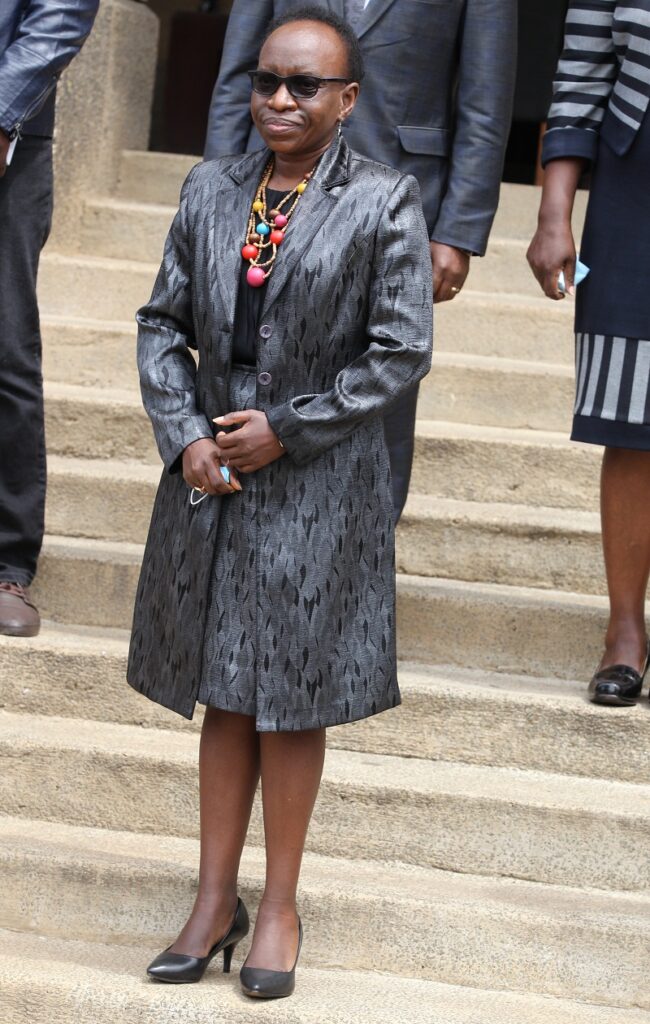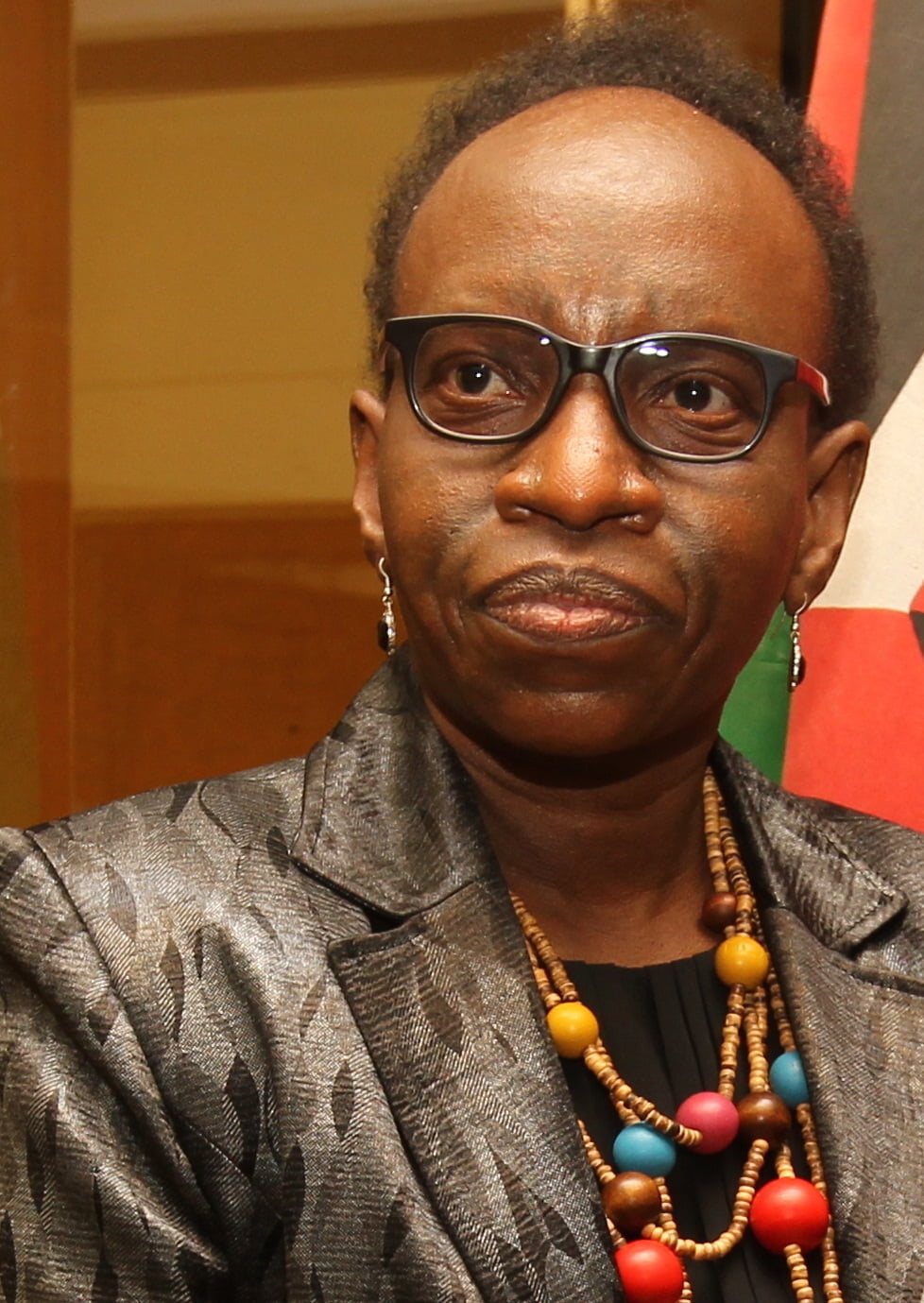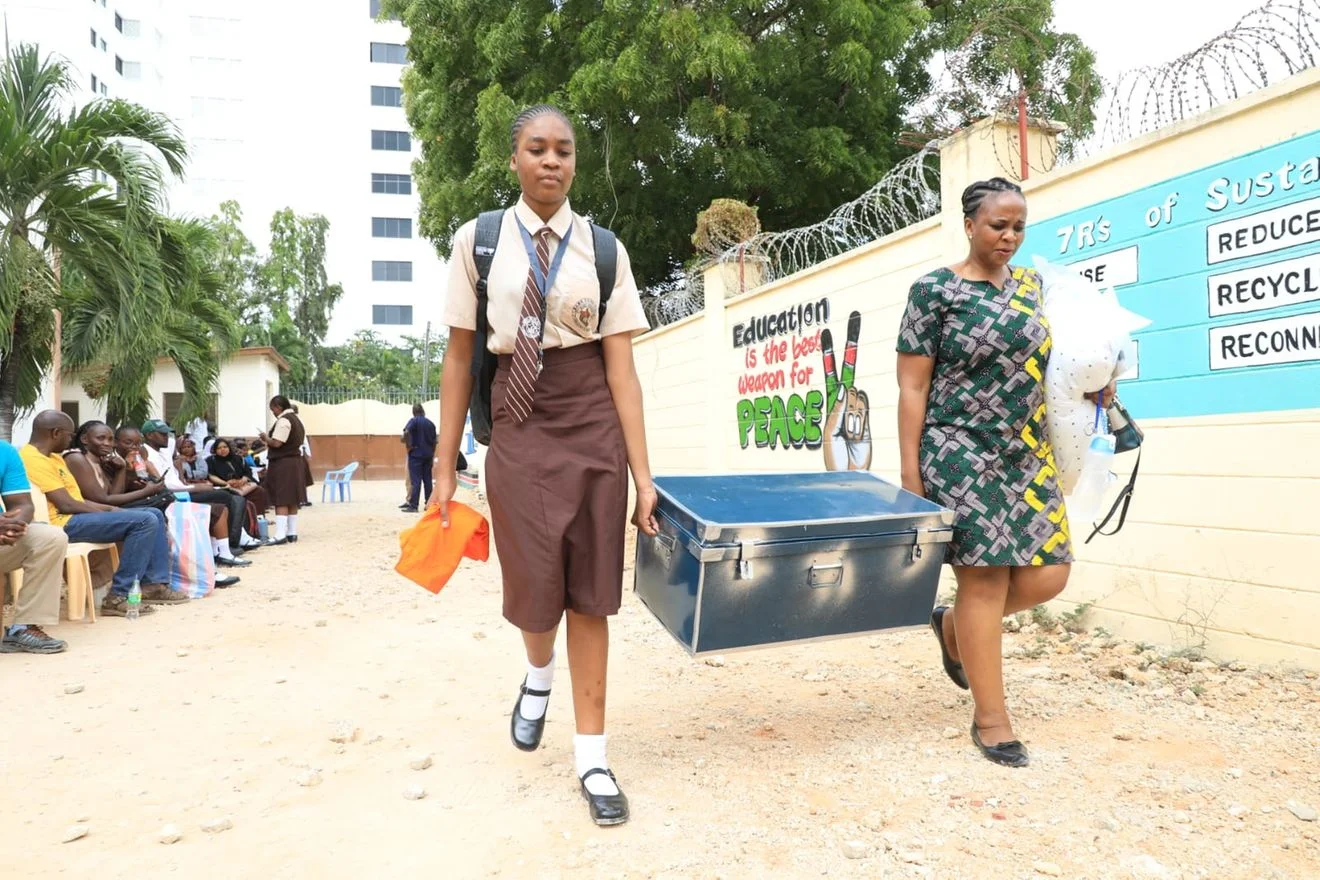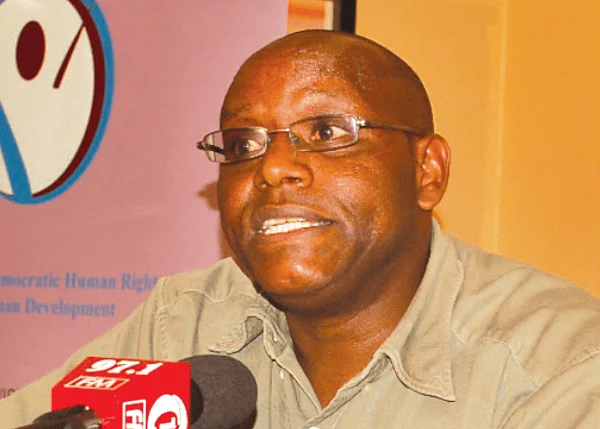By Roy Hezron

Auditor General Nancy Gathungu
The government paid Sh1.8 billion to over 2,000 secondary schools with ghost students and another Sh26.8 million to five ghost schools.
The damning report over loss of the colossal sums of money is contained in the 2019/2020 Financial Year by the Auditor General.
The report also faulted the Ministry of Education for not properly accounting over Sh58 billion allocated in subsidies under the State Department of Early Learning and Basic Education.
With audit report revealing its massive wastage during the 2019/2020 Financial Year which ended June 30, 2020.
The report released by the Auditor-General Nancy Gathungu said the government overpaid Sh1.8 billion to 2, 610 public secondary schools in different counties.
The overpayment was attributed to erroneous computations of the July and September 2019 disbursements, double payments to some schools and inflation of enrolment numbers in January 2020 leading to the big number of the ghost students.
“The balance includes an amount of Sh.1, 815,126,548 being overpayment of subsidies to 2610 public secondary schools in different counties,” reads the report.
The other anomaly found by the Auditor General was that around 26.8million was send to schools whose existence was in doubt.
Shs.26, 835,700 was disbursed to the five ghost schools whose since registration certificates, Teachers Service Commission (TSC) appointment letters and posting of principals were not provided.
Boards of Management (BoM) minutes approving opening of bank accounts and other documents required under the State Department for Early Learning and Basic Education annual guidelines on disbursement of Free Day Secondary Education Funds (FDSE) were also not provided.
“In the circumstances, it is not possible to confirm the accuracy and validity of the reported subsidies of Sh58,778,993,798 for the year ended 30 June, 2020,” the report says.
Under FDSE, the government normally provides a subsidy of Sh 22, 244 per year for each learner in boarding schools that is equal to the subsidy for each leaner in a day school.
It includes Sh 4, 144 for tuition (teaching learning materials and exam), Sh 2, 000 for medical or insurance, Sh 1, 500 activity fees and Sh 200 for strengthening of Mathematics and Science in Secondary Education (SMASSE).
Other vote heads includes local travel and transport, electricity and personnel emolument that are allocated Sh 9, 400 and Sh 5, 000 for maintenance and improvement.
In November 2020, Education Cabinet Secretary Prof. George Magoha revealed that taxpayers have been losing billions of shillings every year funding education of more than half a million ghost learners.
Prof. Magoha released a statement in early November statement defending his abrasive style of management and why it has been effective.
According to the CS, the anomaly was unmasked by the task force on implementation of Competency-Based Curriculum (CBC) that collected data from all learning institutions in the country.
“Due diligence in the primary school sector identified an inflation of numbers of learners from 8.47 million to 9 million learners,” said Magoha.
He revealed that the shortfall of 529,997 learners led to the saving of Sh752,594,740 annually.
While touring Machakos County in November last year, the CS said that the ministry has now what he referred to as “virgin data” on schools.
“We are no longer wasting Kenya government money using assessed numbers. We are paying for a child that is alive, that has been seen and counted,” said Prof Magoha.
There has been conflicting data from different government sources on enrolment in primary and secondary schools, raising questions of its reliability.
The AGs report revealed that out of the cumulative transfer of Sh261.5 million to other government units, Sh25 million transferred to Moiben Teachers Training College towards its construction could not be validated.
A total of over Sh140million disbursed by the State Department of Early Learning and Basic Education for the construction of the college but was not accounted for.
The construction was supposed to have started in the 2014/2015 financial year under the mentorship of Tambach Teachers Training for the training of diploma science teachers.
The Auditor-General said receipts and payments reflected an expenditure of about Sh 20 billion in respect of transfers to other government units which included the amount disbursed to Moiben TTC.
“Consequently, it was not possible to confirm the validity of the Sh25,000,000 included in the total reported transfer to other government units,” the report revealed.
The report adds: “Although the bills of quantities indicated that the contract sum for the construction of Moiben TTC was Sh.121,050,383, the State Department had disbursed Sh261,500,000 to the institution as at the time of audit and no explanation was provided for the excess disbursements.”
The Auditor-General further noted that the progress status for the construction could not be confirmed as complete architectural drawings and the signed contracts were not provided for audit scrutiny.
The ministry was also put on the spot over the expenditure of millions of shillings for office space rental charges by various State departments in the counties.
The report says about Sh86million payments for rental charges for various State Department offices in counties could not be authenticated.
That is because valid lease agreements and approvals for the procurement of the offices were not provided for audit verification.
“In the circumstances, the accuracy and validity of the payments amounting to Sh86, 109,234 included in the reported expenditure of Sh150, 490,609 for rentals of produced assets could not be confirmed,” added the report.






